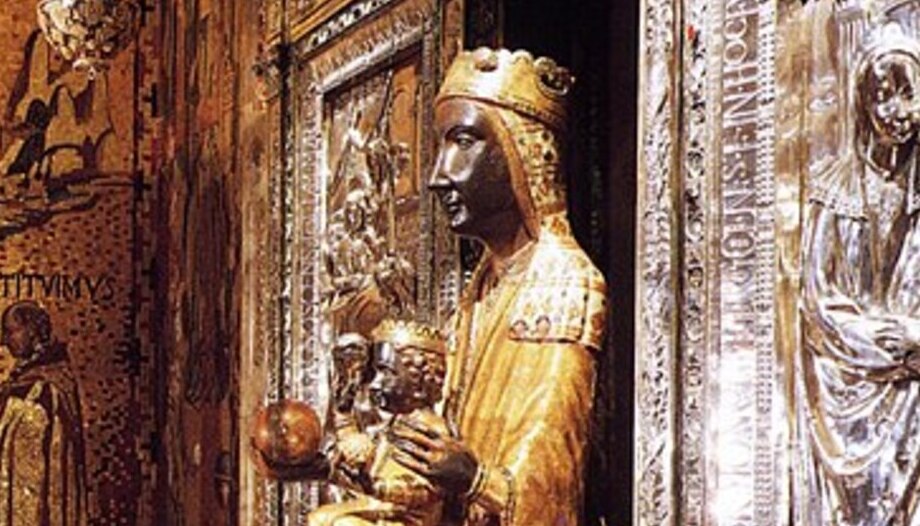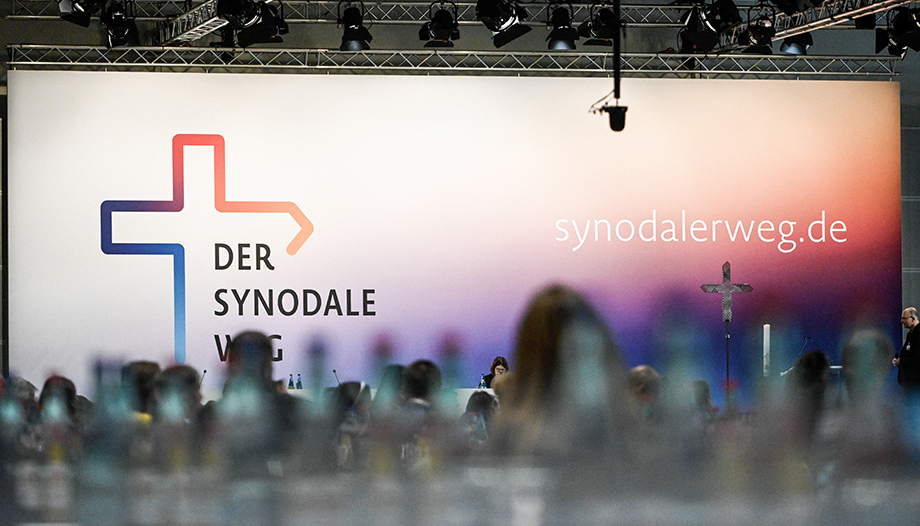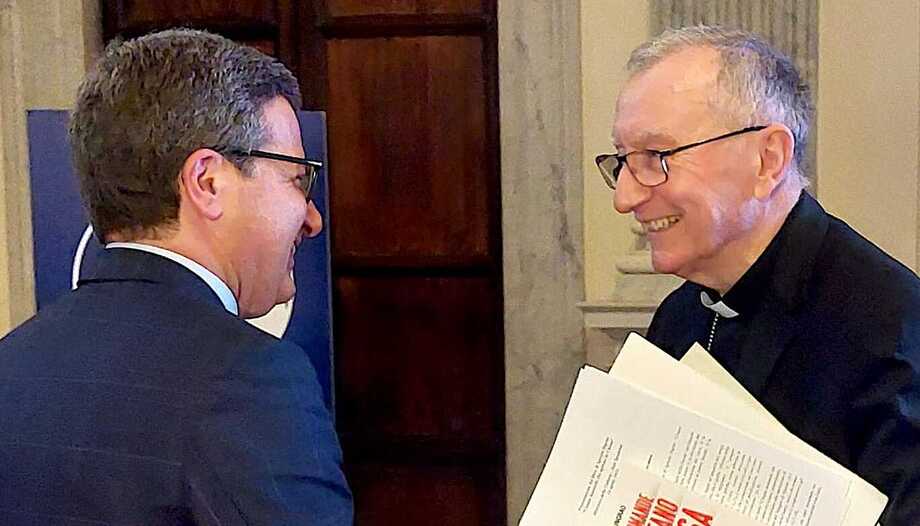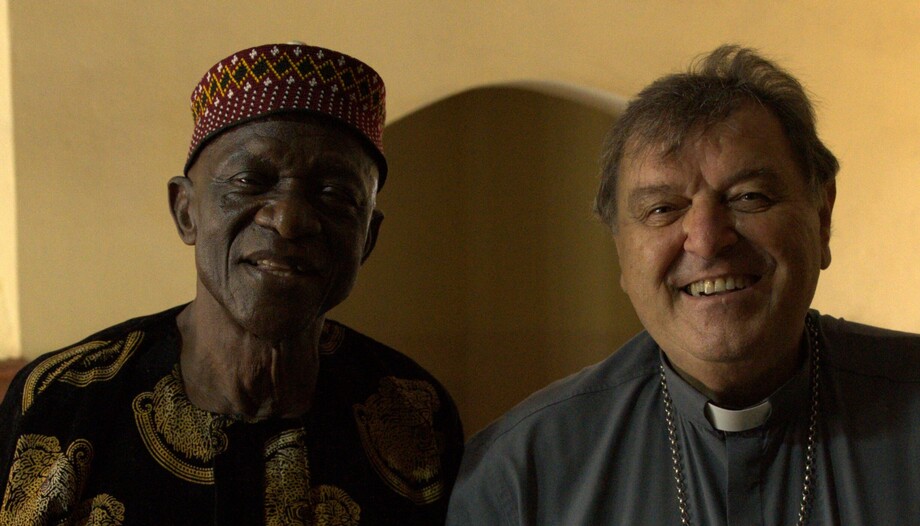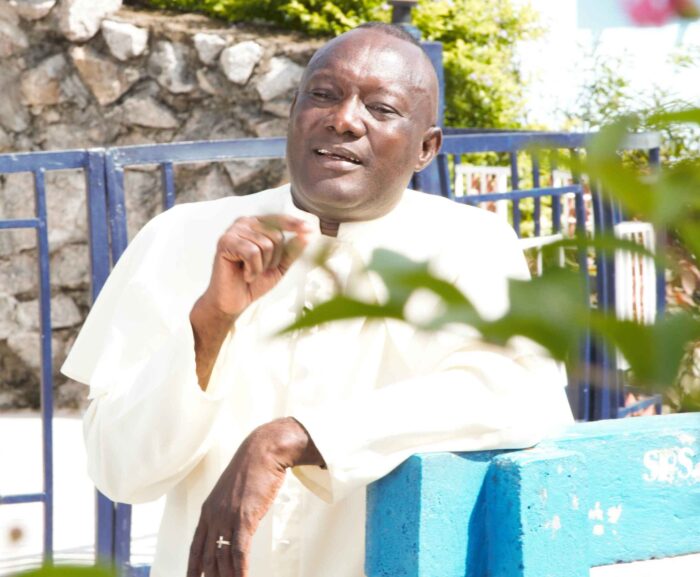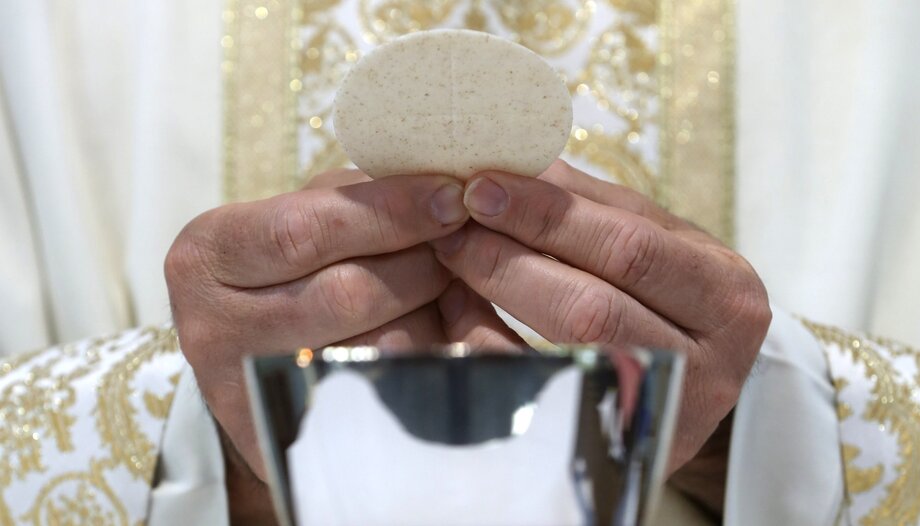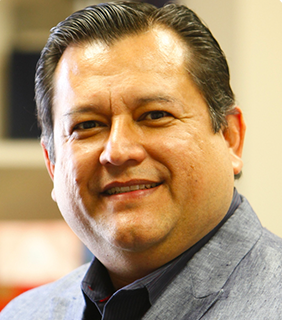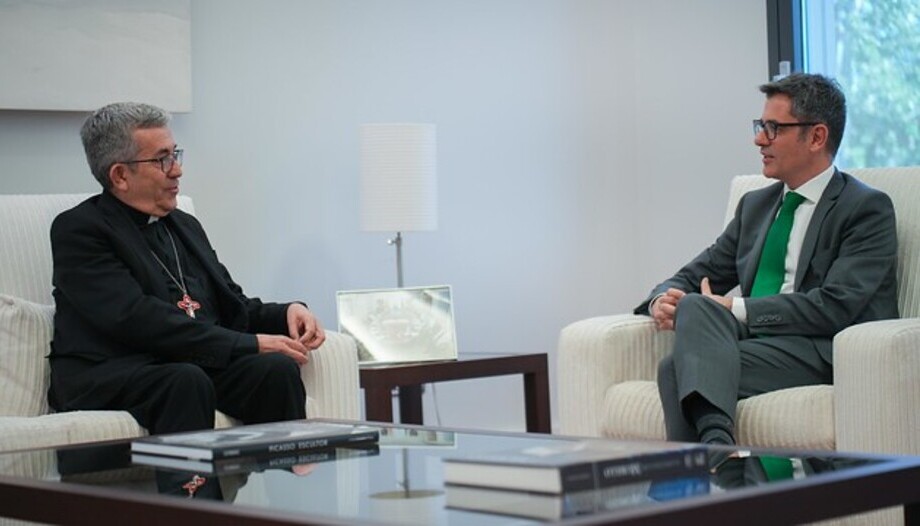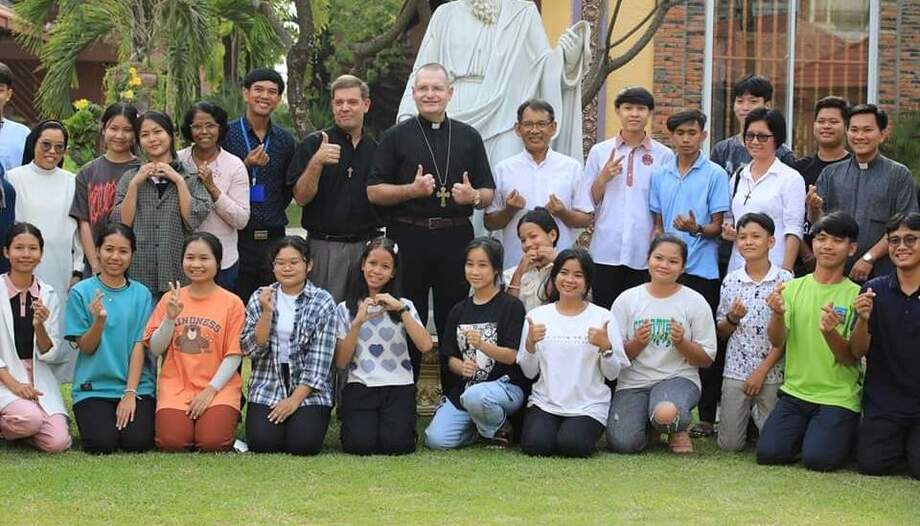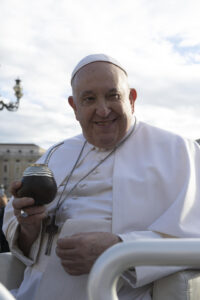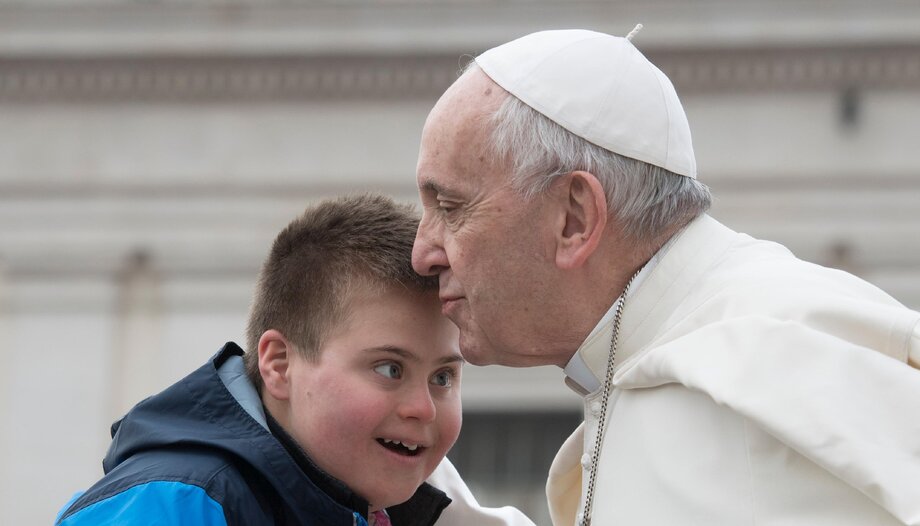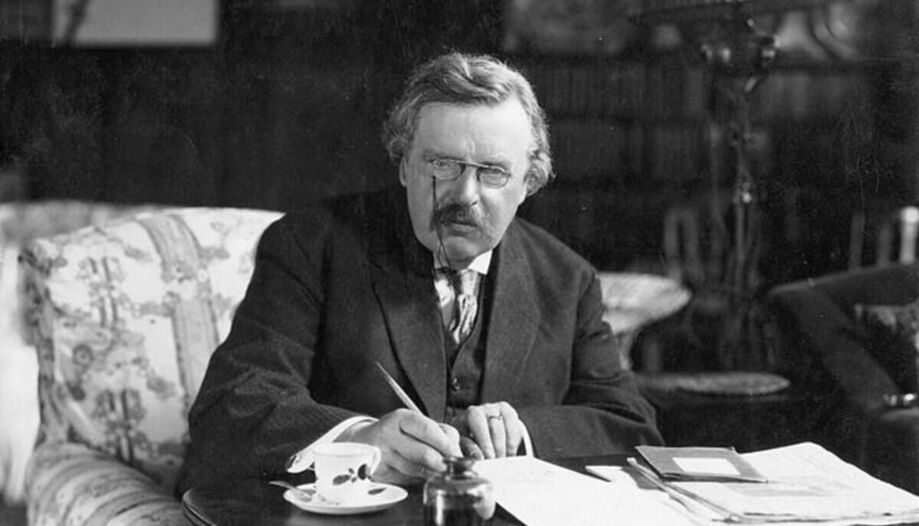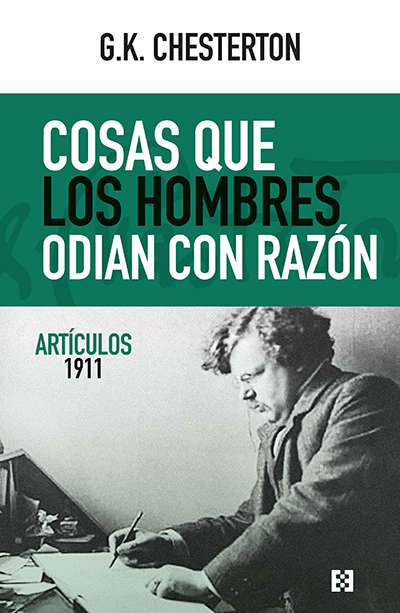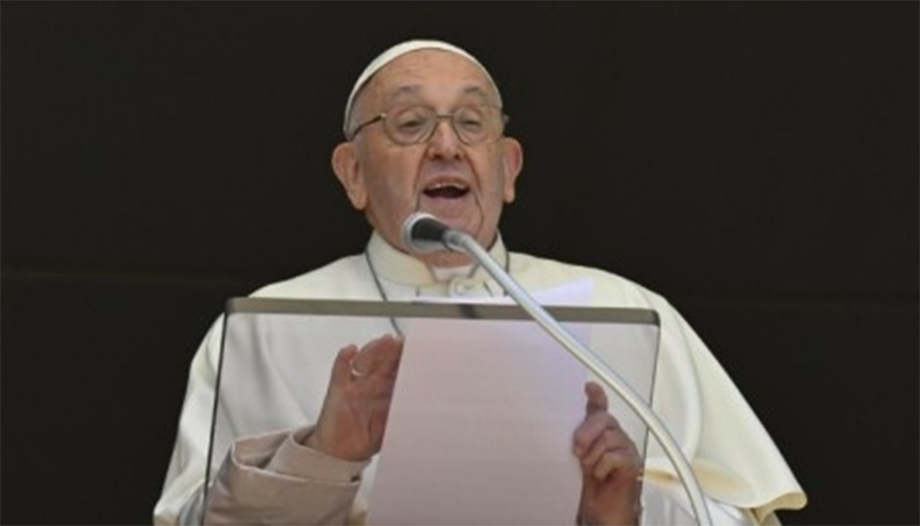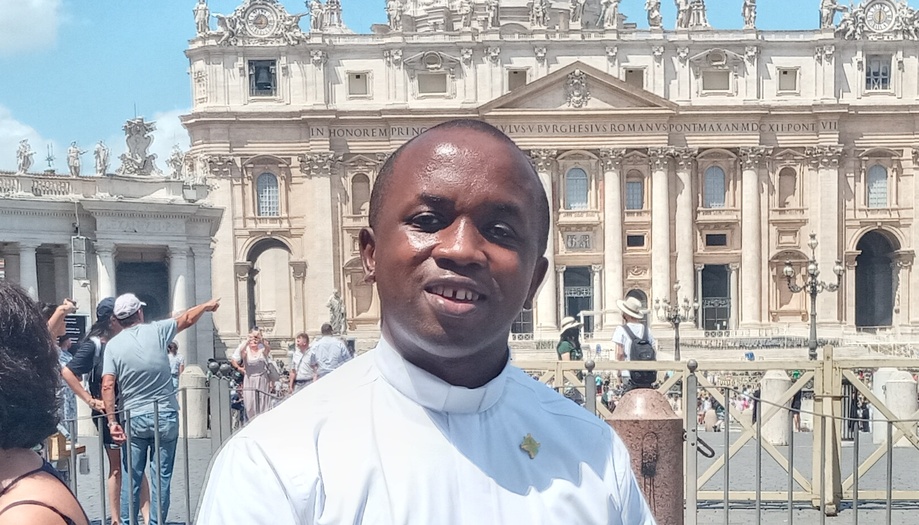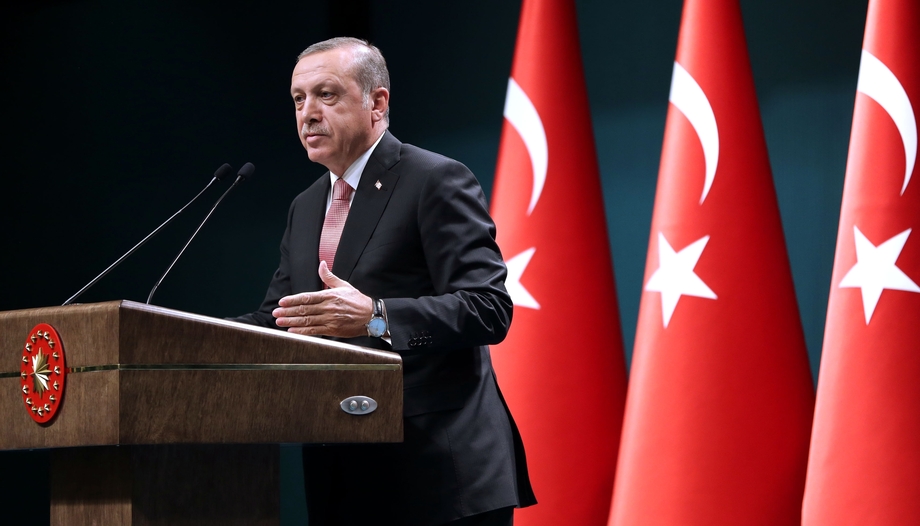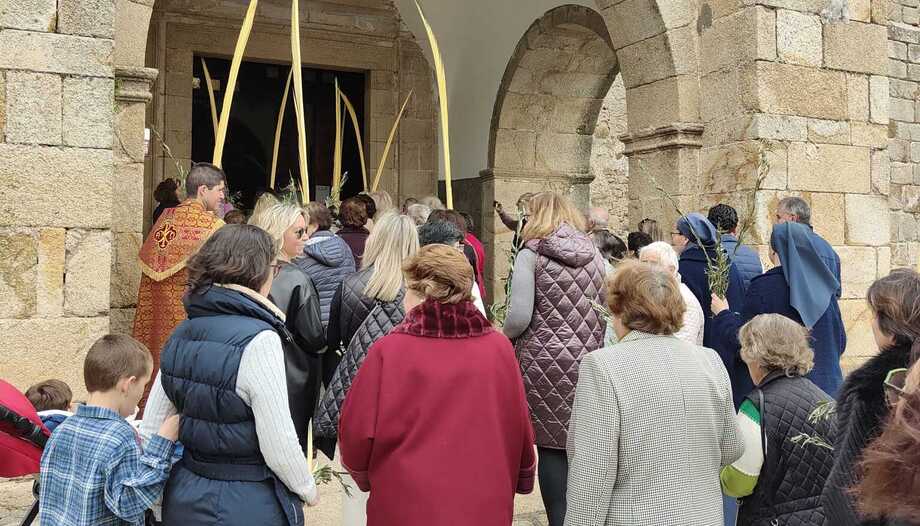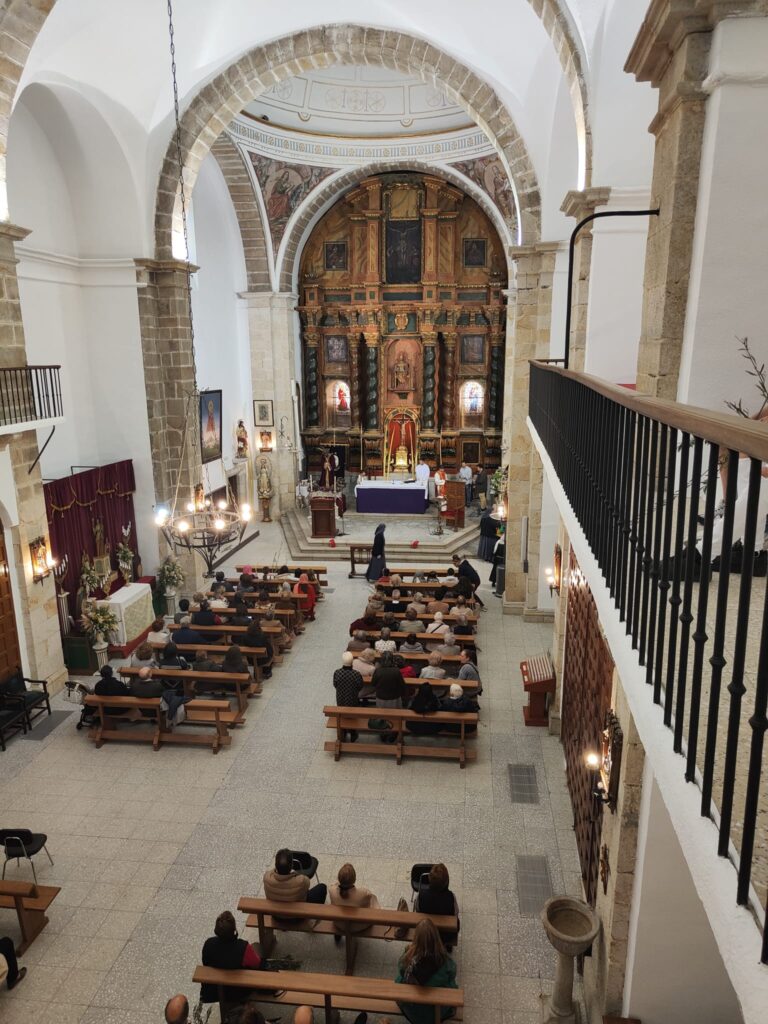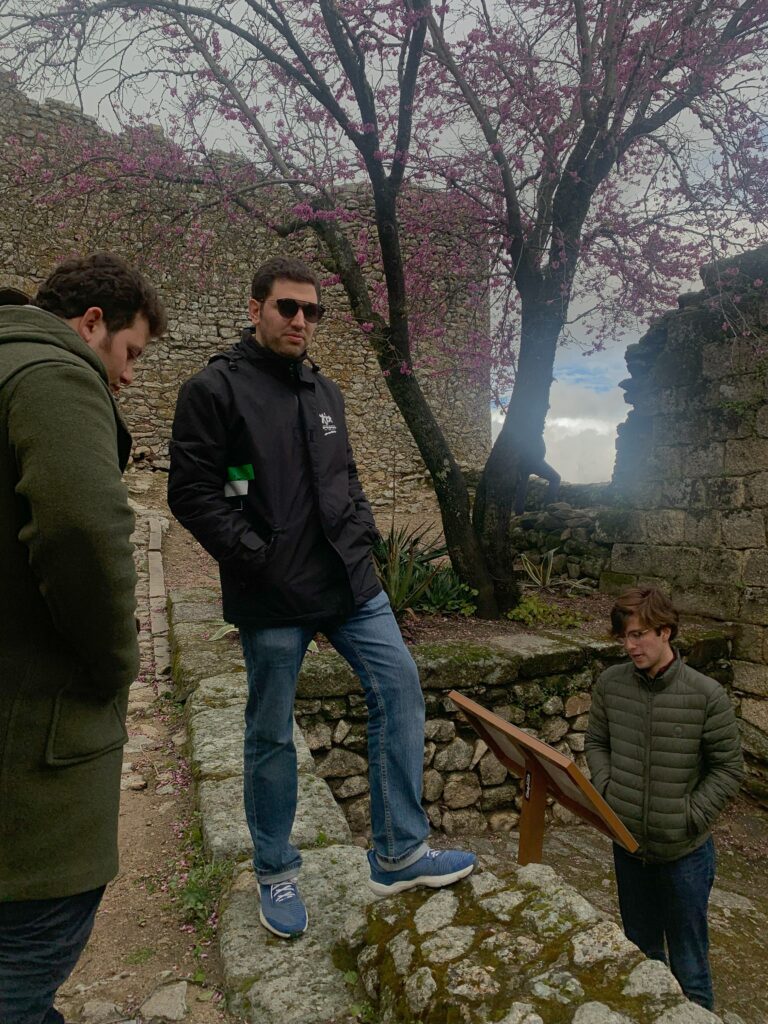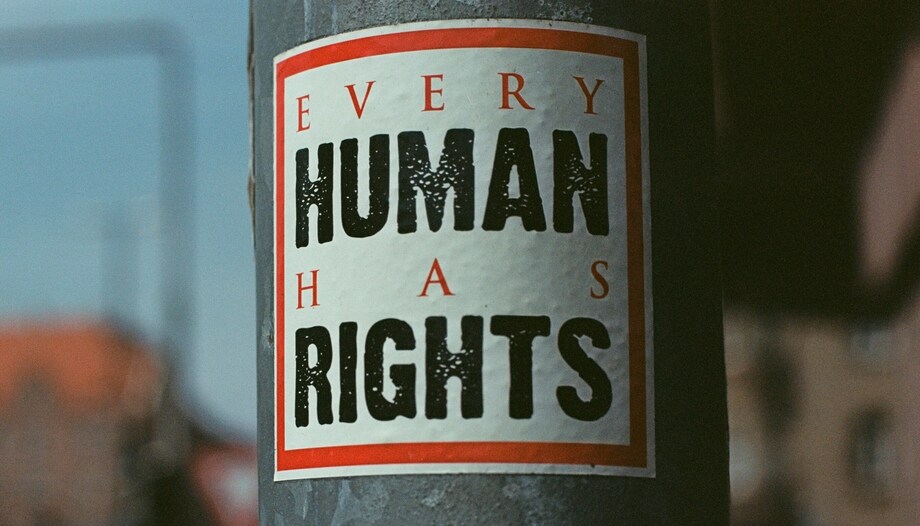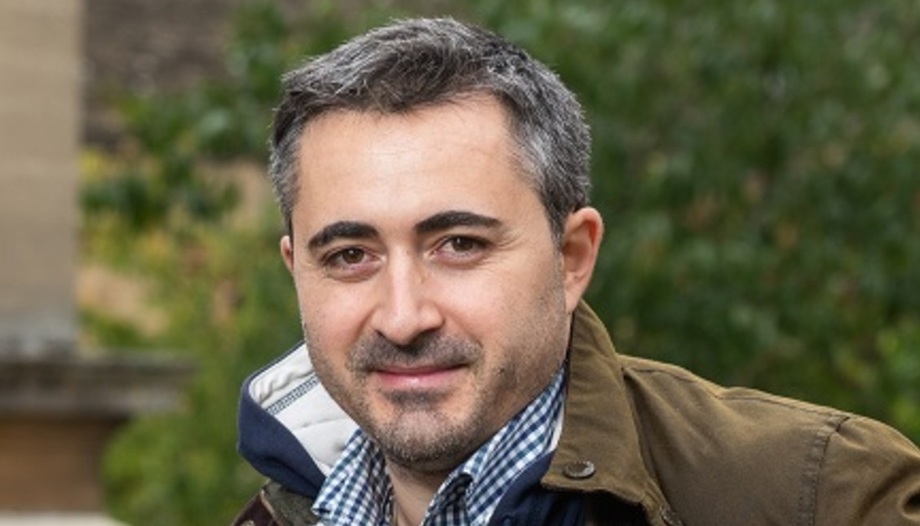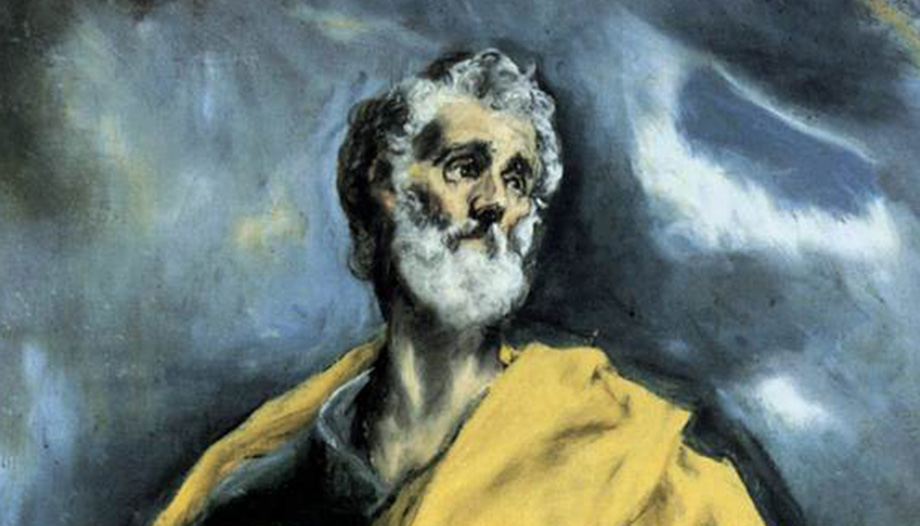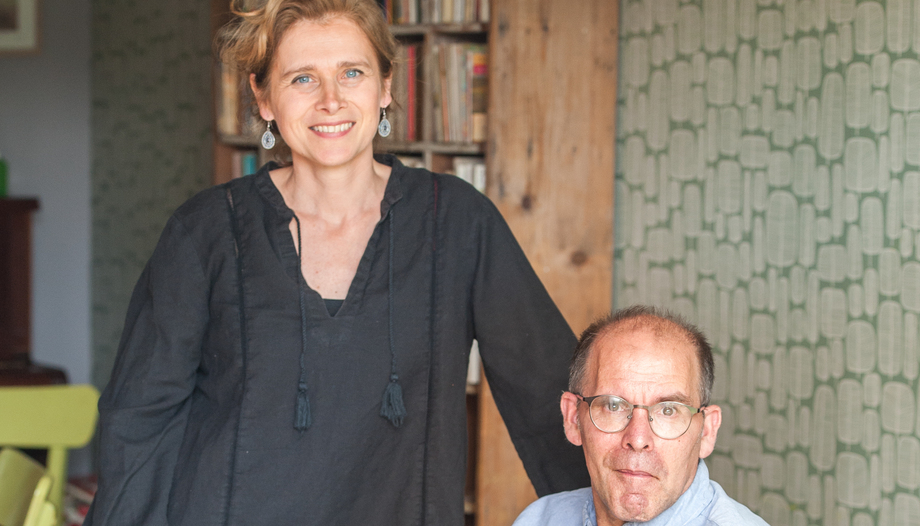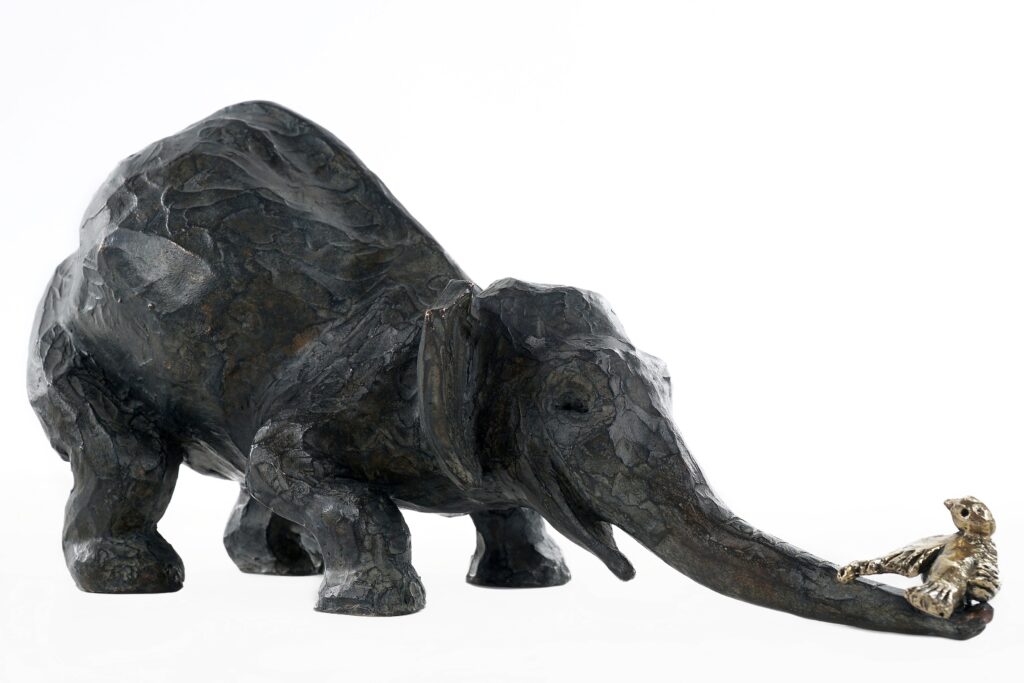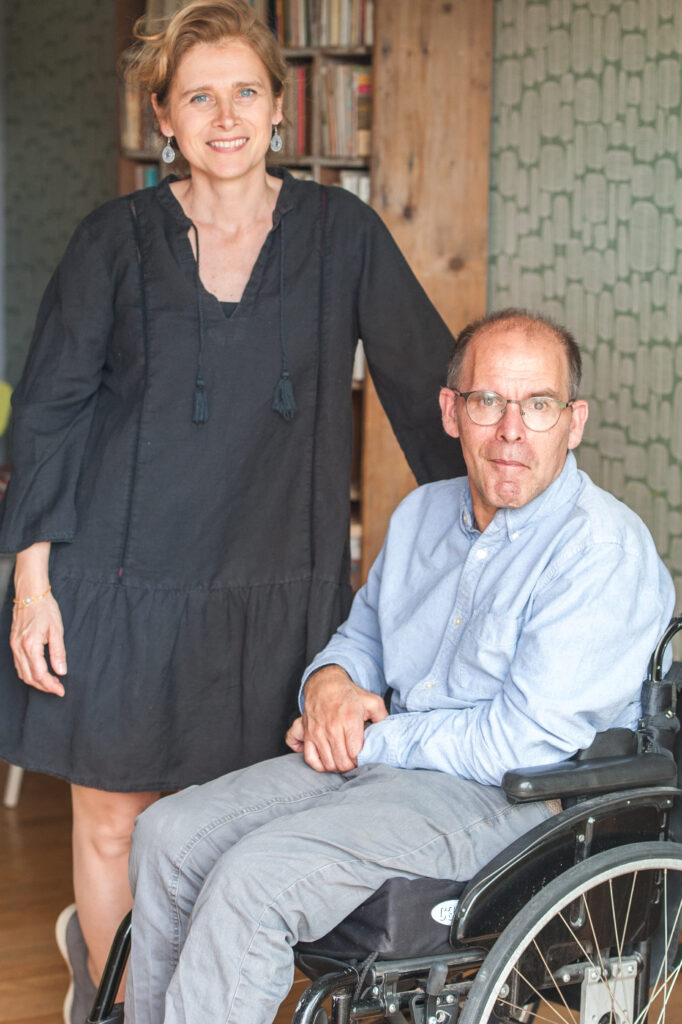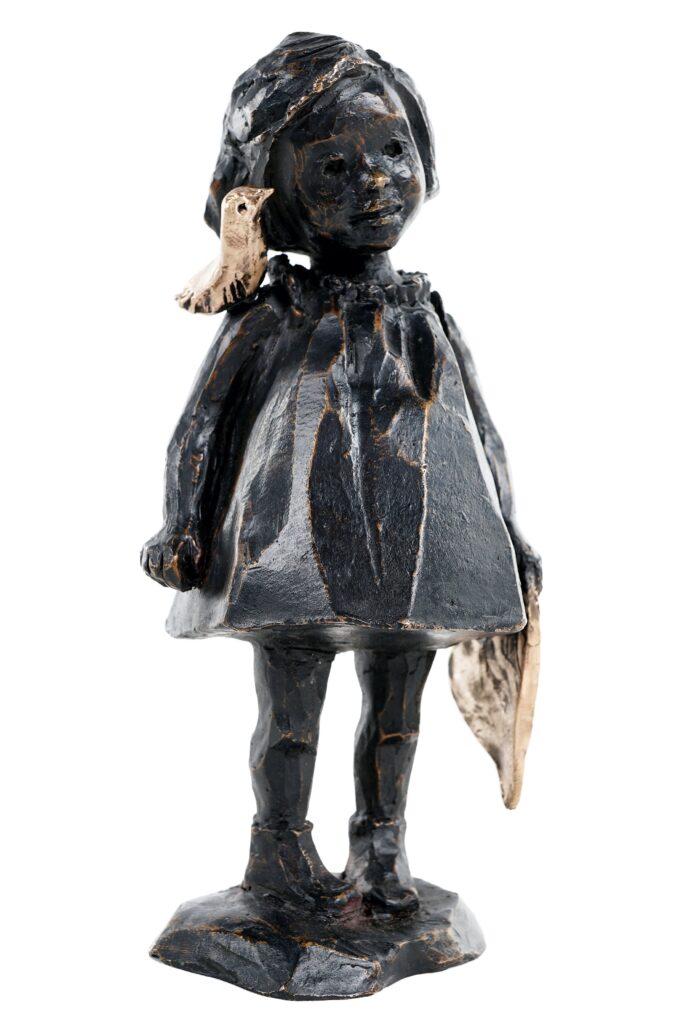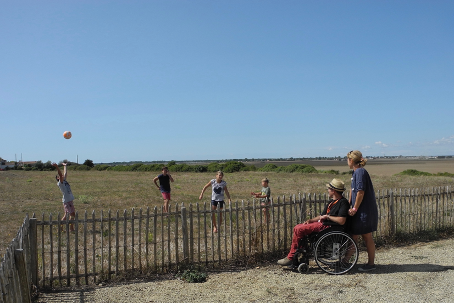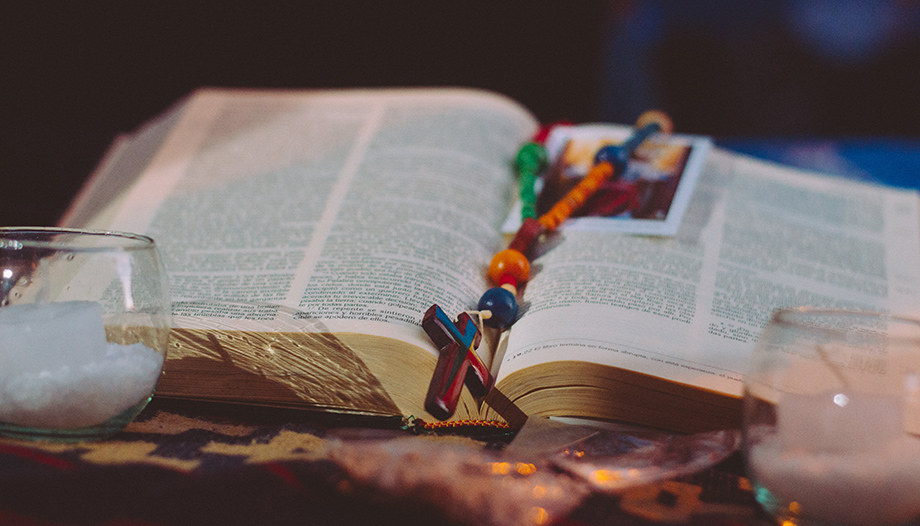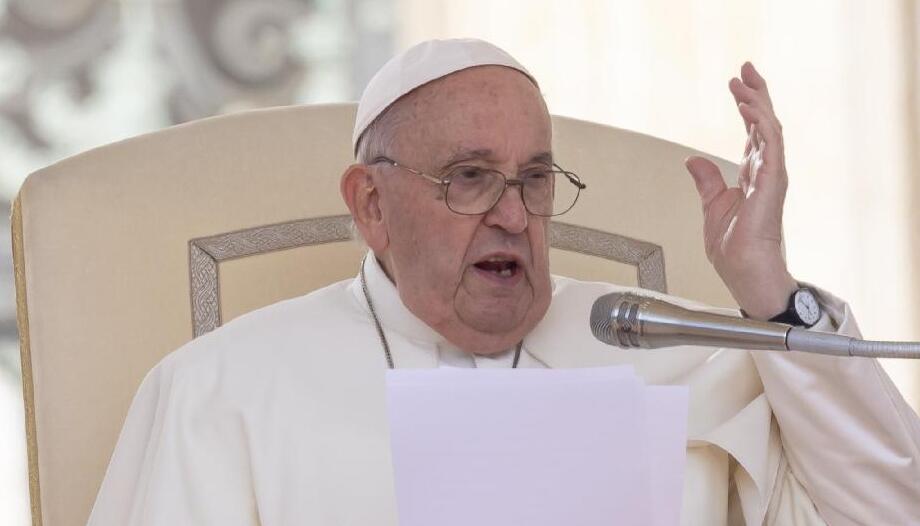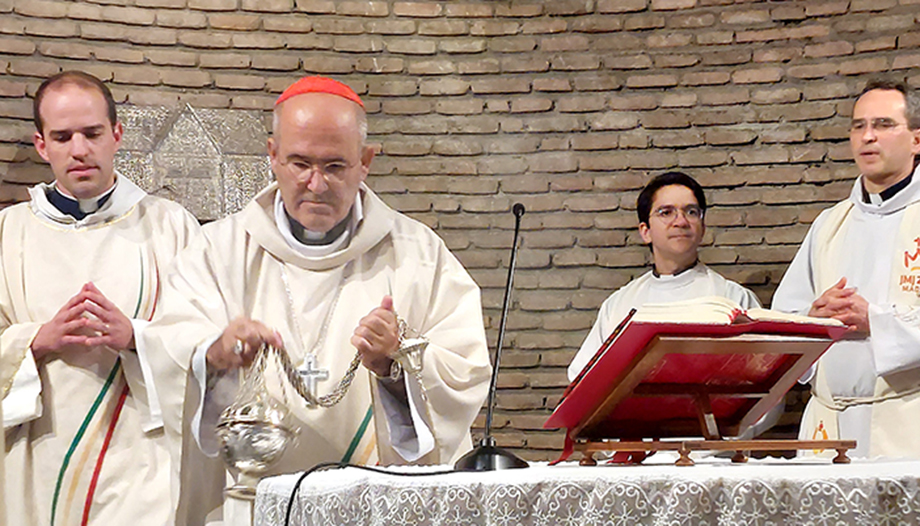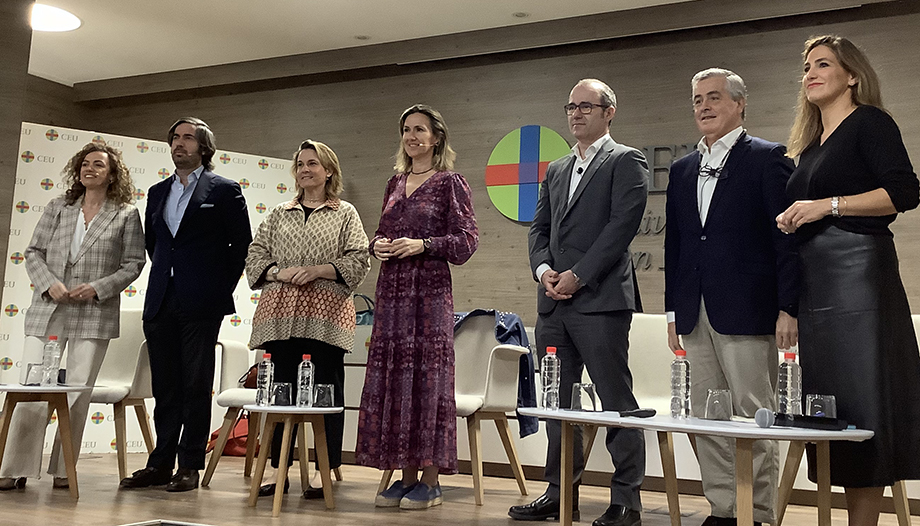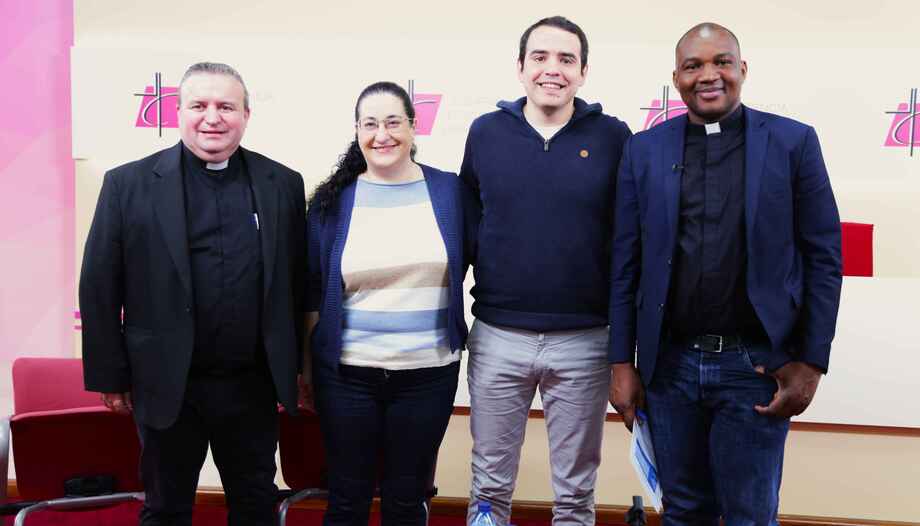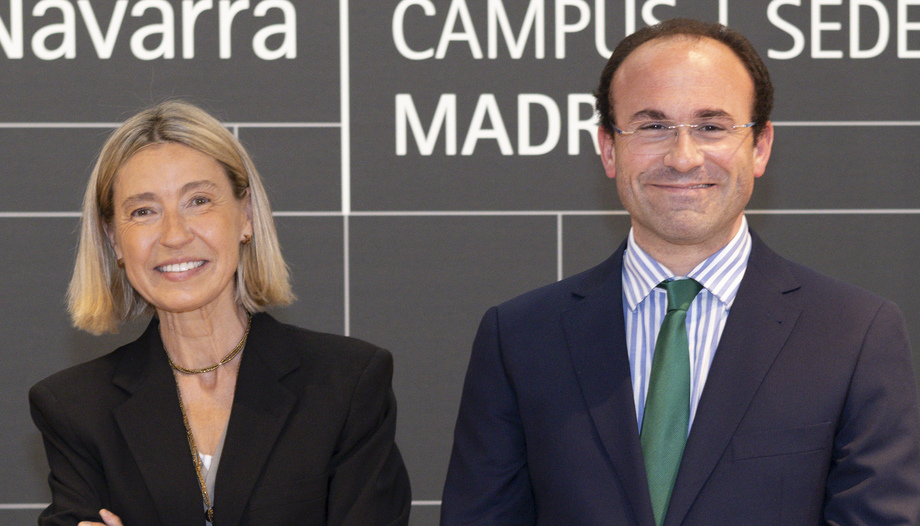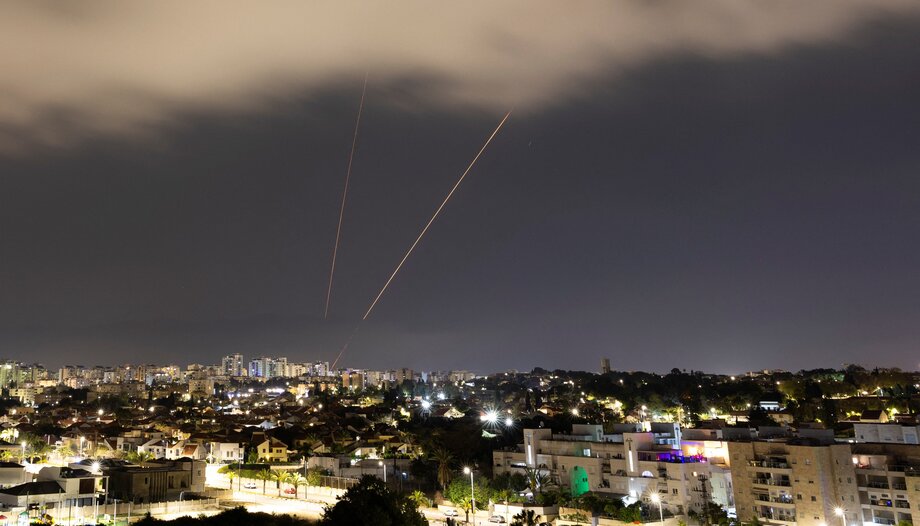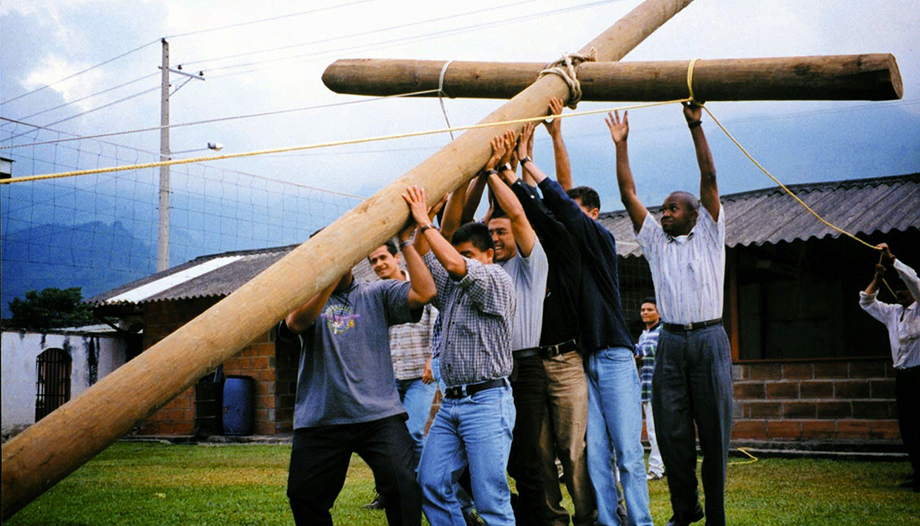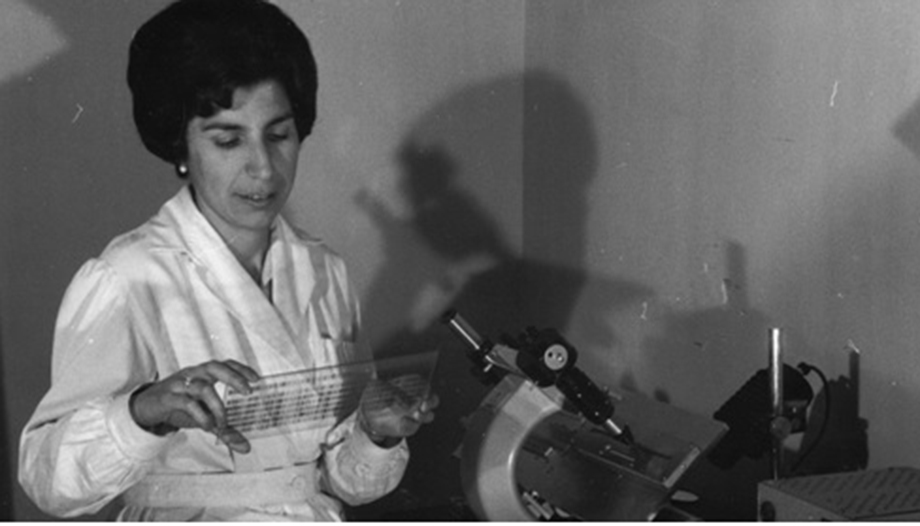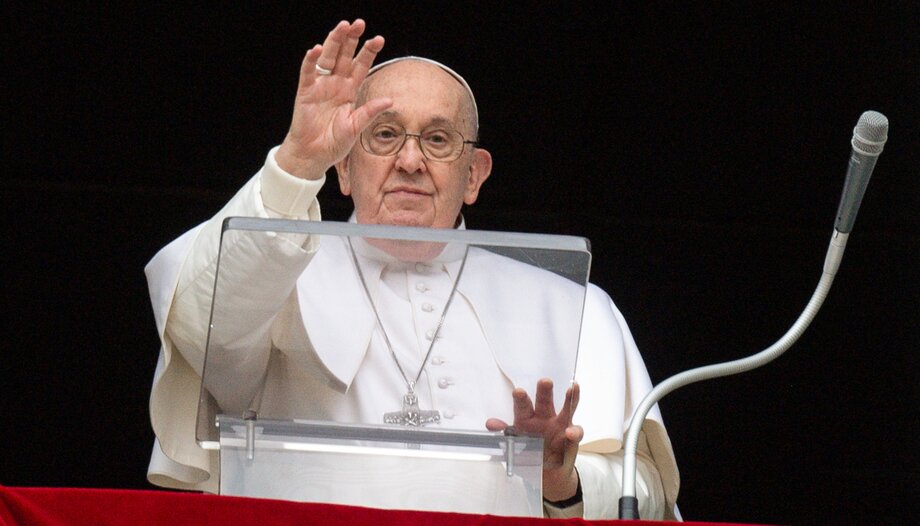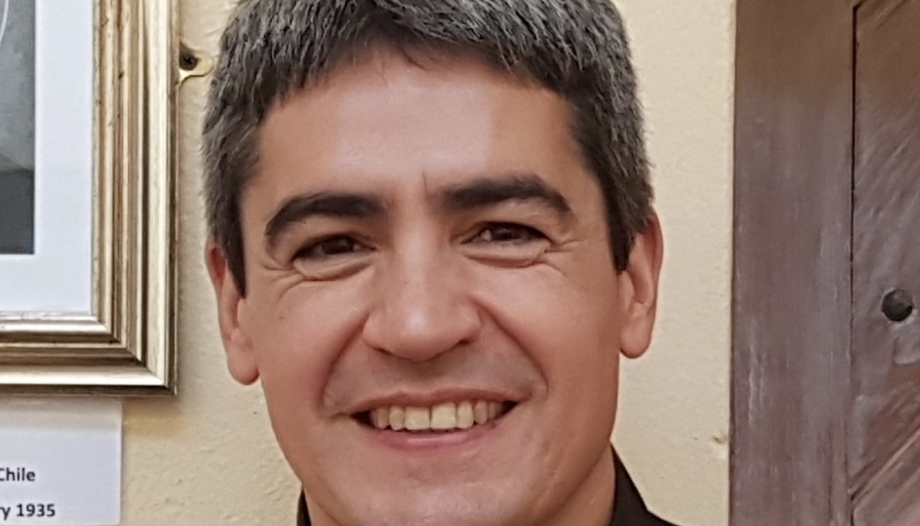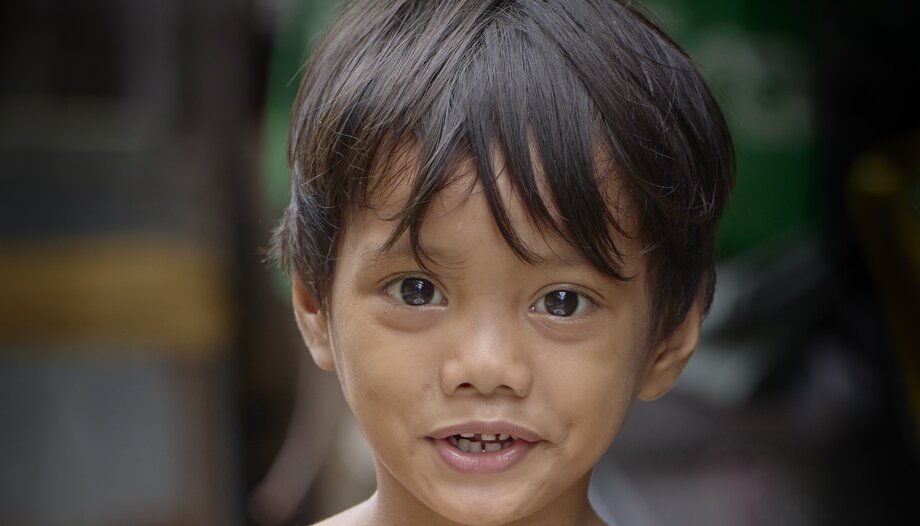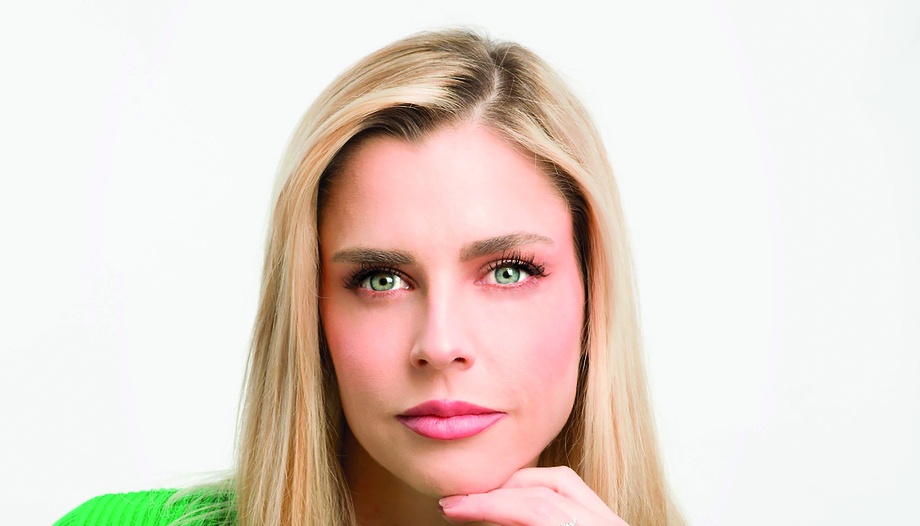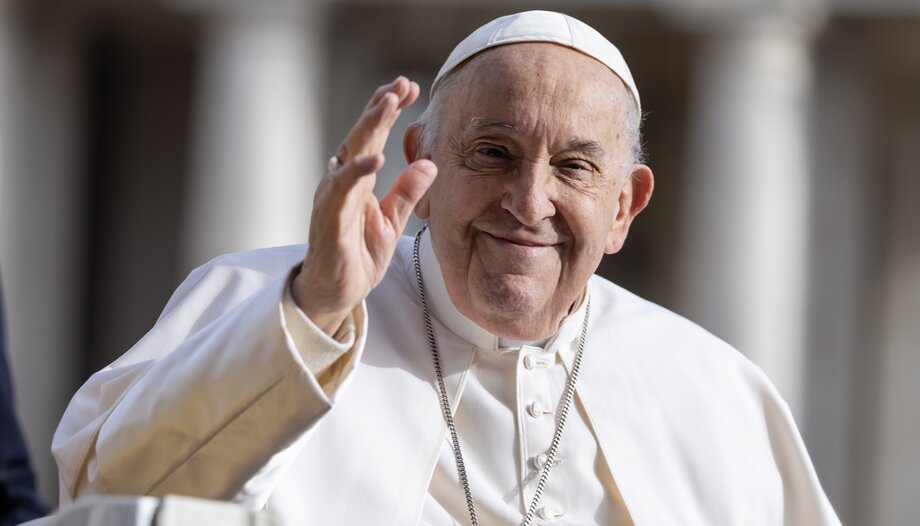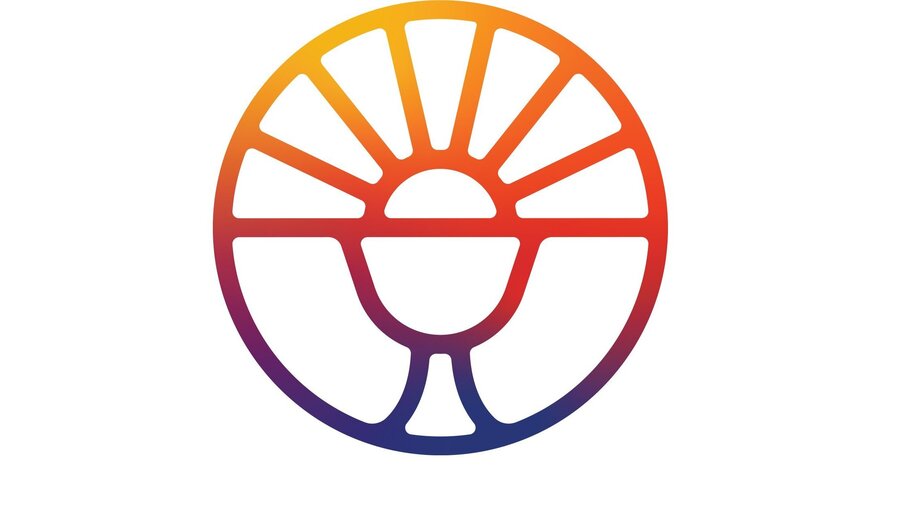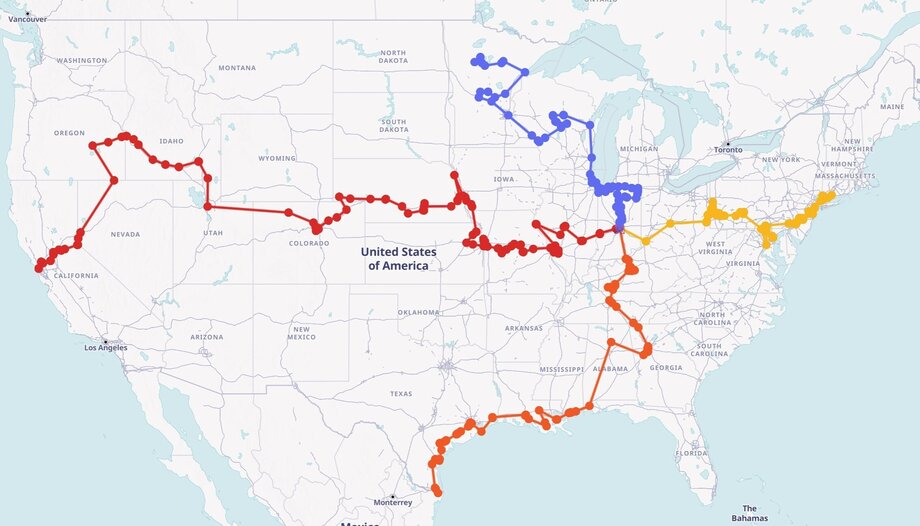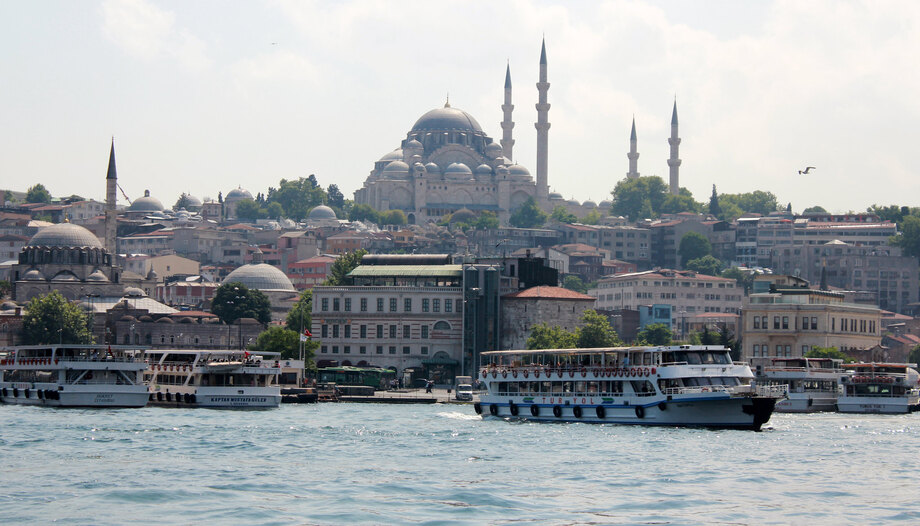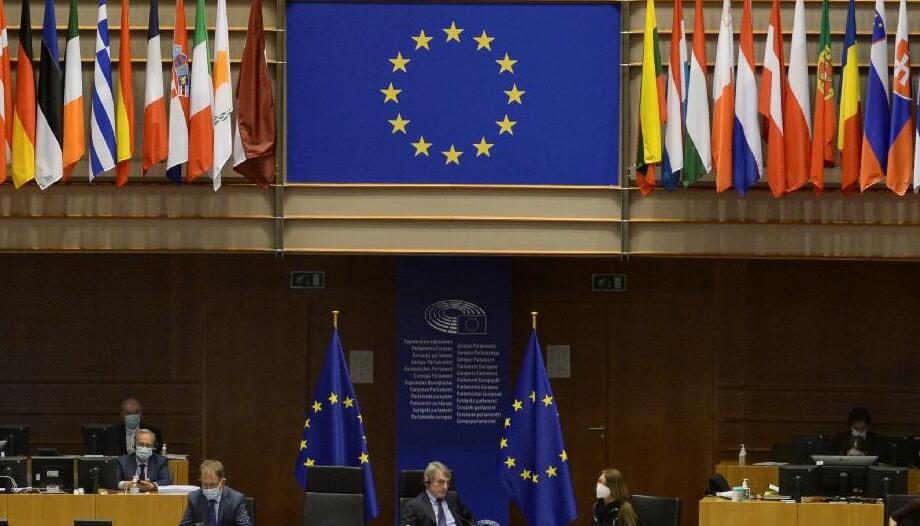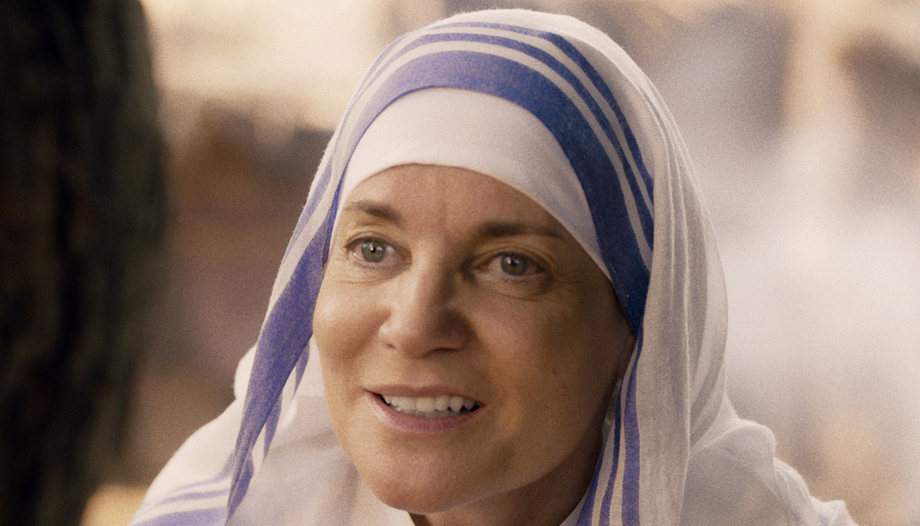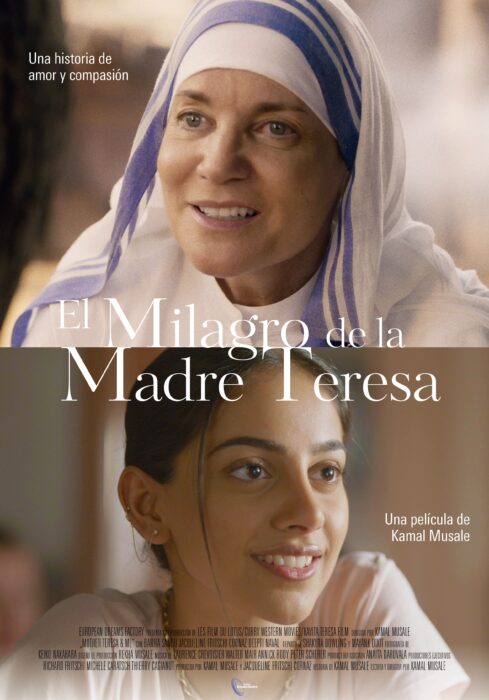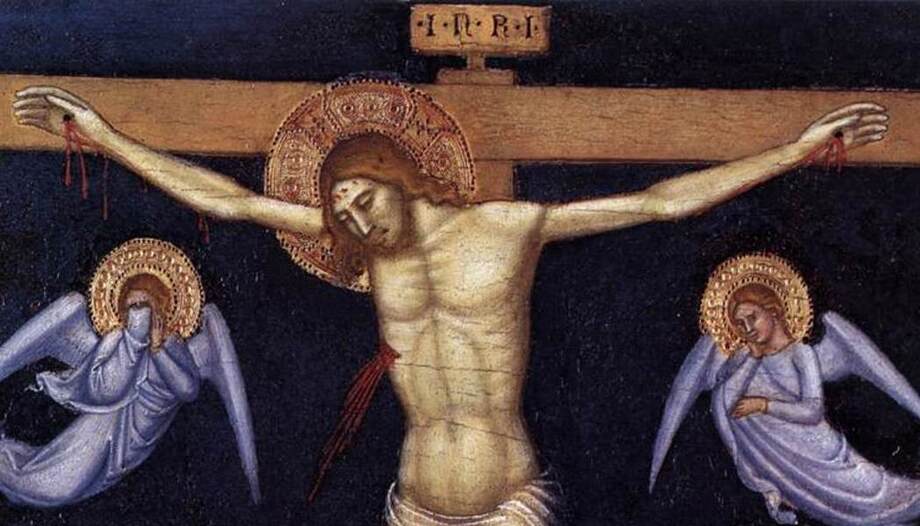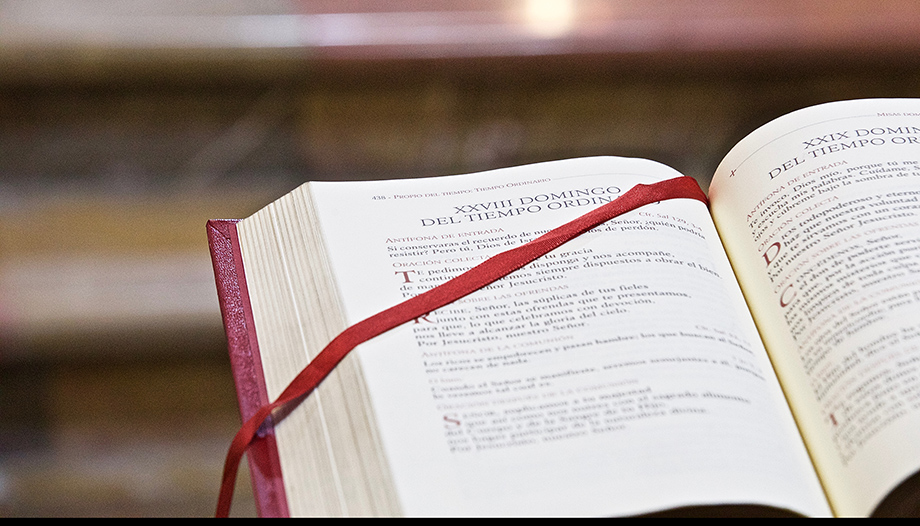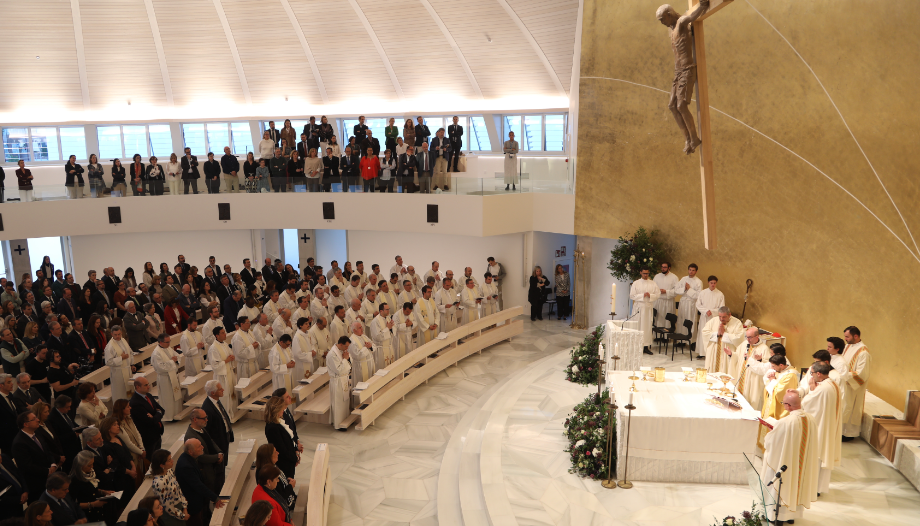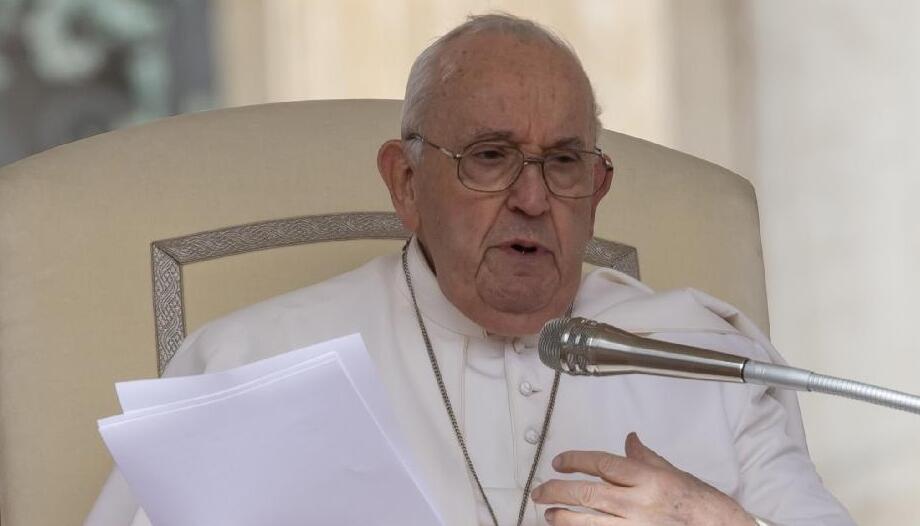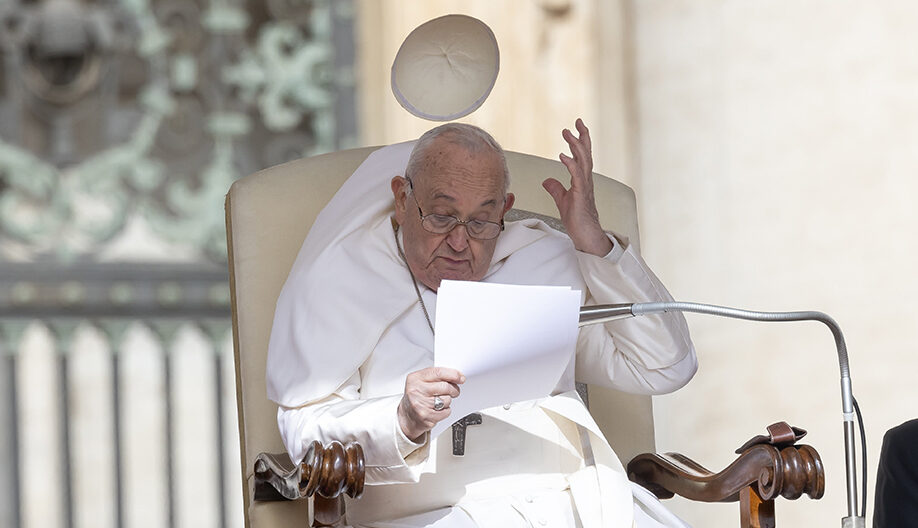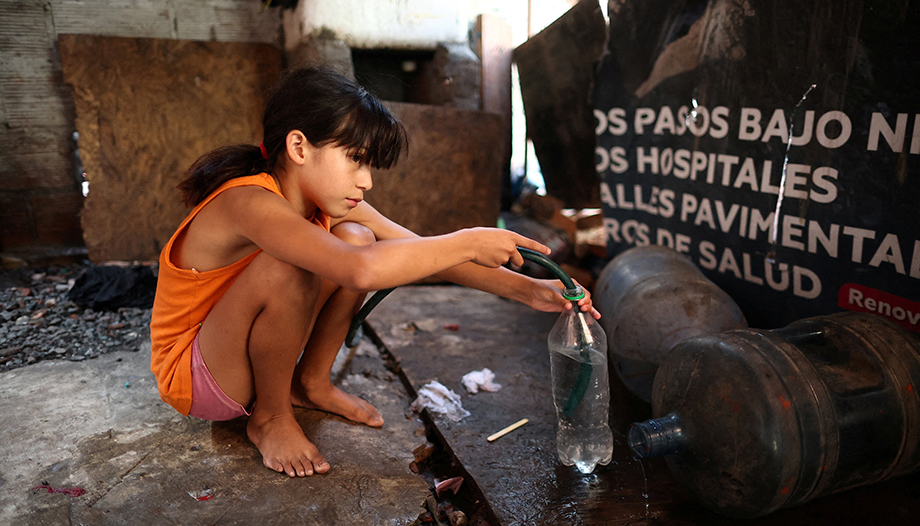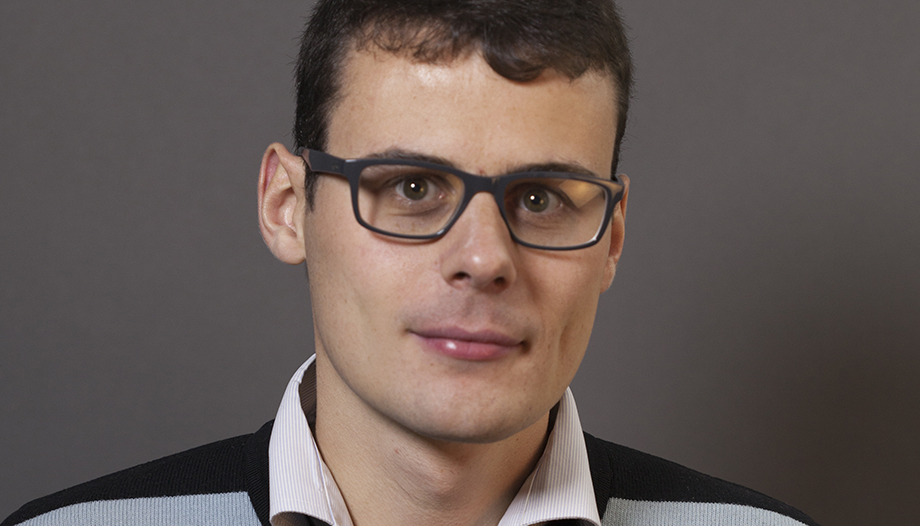Statistics indicate that more than half of all marriages break up in Spain, and other Western countries have similar rates. However, Álvaro González, director of the Master of Continuing Education in Matrimonial and Canonical Procedural Law of the School of Canon Law of the University of Navarra, said yesterday evening at the Omnes Forum that "there is a feeling that marriage is in crisis, and it is not true".
"We need to rediscover once again the beauty of this authentic wonder of marriage, the reality of marriage from its very nature, to know this reality better and better, to know how to discover beauty and goodness, which are always based on truth", he added. Álvaro GonzálezHe assured Omnes some time ago that "there is a need for well-prepared professionals to assist and help those who wish to do so. Yesterday he reiterated: "This Master was born with the illusion of contributing to the formation of so many people who work in the ecclesiastical courts, with the desire to help and provide a comprehensive training".
In parallel, in today's society it is easy to see, to cite just two or three trends, fathers who declare that they do not want to "act as fathers" when they learn of their paternity, women in couples, or single women, who decide to have a child through assisted reproduction, dispensing with the male partner, thus depriving the child of the paternal reference, or the decrease in the number of young people who get married.
Speakers
In this context, this Forum, organized by Omnes together with this training Master, took place yesterday afternoon in Madrid at the Postgraduate headquarters of the University of Navarra in Madrid, moderated by Omnes' editor-in-chief, María José Atienza, and sponsored by CARF Foundationwith the presence of its general director, Luis Alberto Rosales, and Banco Sabadell. The title was "From the essence of marriage: man and woman", and was presented by the aforementioned Álvaro González and the director of Omnes, Alfonso Riobó.
The colloquium was attended by María Calvo Charro, professor of Administrative Law, professor of the Master, and author of books on men and women; maternity and paternity, such as "La masculinidad robada" or "La mujer femenina", and Fernando Simón Yarza, accredited professor of Constitutional Law at the University of Navarra, and winner of the 2011 Tomás y Valiente Award for the best work in Constitutional Law.
María Calvo: "We have lost the capacity to love".
Professor Maria Calvo, a mother of four, began by stating that "to talk about marriage is to talk about the solution to many of today's social problems. Why does a marriage break up every second in the developed world?""Why don't our young people want to get married?""What have we done wrong? What is going on in society?"
"There are many causes, many reasons, but I think we could give a very generic answer, and at the same time a very concrete one: we have lost the capacity to love. We have lost the capacity to love because we have lost the knowledge about ourselves". "Without knowledge there is no love, it is impossible to love what we do not know, but the big problem is that we do not know ourselves, not that we do not know the other".
"Anthropological mutation"
"And why don't we know each other?", he continued, "because really, in the last decades, we have experienced an anthropological mutation. Every historical epoch has crises, but I sincerely believe that this epoch has a crisis with a radical novelty that has never happened before, and it is this mutation of the human being, of the concept of the human being, this new ethics, this new metaphysics that has been imposed on us, this alteration also in the symbolic codes, especially in the symbolic-family codes that have become very liquid: it is the same to be a father, to be a son, to be a man, to be a woman, to be married, to be unmarried. There is a fluidity there that leads us in the end to anguish".
According to María Calvo, this anthropological mutation "has permeated very easily, very quickly, due to the technological means we have, obviously, but also because a performative, very manipulative, very theatrical language is being used, which can be seen in the legislation itself, and this is the danger for young people, which makes concepts and principles that are really degenerate seem very attractive to them, and makes them seem very progressive with other concepts and other realities that are really perverse".
Among other examples, the professor and writer considers that "talking about reproductive health to identify abortion is one of those manipulations of language. We are really talking about extreme violence against the woman and the child; and the laws and the administration talk about reproductive health when it is really mental health and spiritual health, because you remove the child from your body but it remains installed in your mind for life an indelible mark, an irreversible fracture in the heart of femininity. This is the language that makes these postulates filter through with such ease, especially among young people".
Three elements, three resignations
"In what has this anthropological mutation consisted? I have been able to detect three elements that weave the foundations of our Western civilization: the lack of nature, the renunciation of human nature, of sexual otherness, of biology; the renunciation of rationality and the renunciation of transcendence. Denatured, without rationality and without transcendence. These are the postulates that sustain the human being now. And they directly affect marriage".
In the opinion of María Calvo, "without nature, without biology, without sexual alterity, thinking that we are equal, identical, interchangeable, that sex is not constitutive of the person and that therefore being a man or a woman depends on a feeling, on the will, and that it is absolutely fluid and that you can choose it; this produces horrible damage to the couple. It is impossible for a marriage to be sustained thinking that the one next to you is identical, fungible, interchangeable, that he/she will see the world from the same prism as you are seeing it, when there are really differences between the sexes that must be taken into account".
Equal, but with differences
"It is true that we (men and women) are equal and that we are equal in rights, duties, dignity, humanity and we are equal in intellectual quotient, in goals to achieve," said the Master's professor. "But really, the way of seeing life, the way of loving, sexuality is so different and this has been demonstrated by science. So not paying attention to this produces conflict, disenchantment and rupture really".
"And when we are father and mother that is exacerbated because the woman's brain neurochemistry really changes, and changes to protect that child that has arrived so defenseless, and that is a mixture between need and freedom, and also that of the father, because suddenly he becomes protective, he realizes that he has to give security, protection, strengthen that child, and then it is true that differences that at first seemed a little nimble, then, when we exercise paternity and maternity are greatly exacerbated; but they are necessary for that child, for the balance of that child".
Fernando Simón: subjectivization of marriage
Professor of Law Fernando Simón Yarza made a legal foundation approach, to "focus on sexual duality as an essential feature of the institution of marriage", and moved from the analysis of the classical concept "to the emotivist conception". The classical concept has been broken, in his opinion, in the Spanish law 13/2005 (regulation of same-sex marriage), or in the United States in Obergefell v. Hodges (2015).
This is a phenomenon of "subjectivization of marriage".. We are faced with a change that radically alters the meaning of the institution, which implies the radical subjectivization of marriage in an emotivist key".
"Masculinity and femininity are archetypes, not stereotypes," the jurist pointed out. "They do not allude to a model (typos) which rests simply on a firm social conviction (stereos), but to something that is at the beginning or origin (archē). of reality. So it is impossible to suppress the appeal of sexual duality, precisely because it is an archetype (Peter Kreeft)".
Reproductive organ, male and female together
Fernando Simón defined marriage between a man and a woman as "a comprehensive alliance of life. A comprehensive organic union (a fascinating expression used, among others, by John Finnis)," he said. "It is organic, it forms a single organ. Unlike the union of the sexes, no other physical union between two persons can form such a unitary organ. The individual is sufficient in itself to perform its vital functions (digestive, respiratory, etc.) because it is capable of organically coordinating different parts of its body."
"The function of transmitting life, however, is the only one for which the individual does not suffice itself, but is, for that purpose, organically incomplete," he stressed. "In a rigorous sense, it is false to say that the individual has reproductive organs. The reproductive organ is the man-and-woman united. The gift of life transcends the individual, and can only be realized naturally in the biological coordination of male and female forming a single organ. That is why Genesis is not metaphorical when it says that man and woman become one body".
Three features of emotivist marriage
"The new vision of marriage is essentially emotivist," Fernando Simón stressed at various times, "and is plagued by aporias, contradictions, and is characterized by "three features: affective-sexual union, understanding the sexual as pure coexistence in consensual libidinal contact, without the need for complementarity (1), mutual care and support (2), and sharing of domestic burdens (3). The problem is that sexual affection, apart from the structural orientation to life that is proper to marriage, should have no legal relevance," Simón pointed out.
Some consequences of his words are, in his view, that "the legalization of the new view of marriage distorts the conjugal understanding of marriage. Sex is understood, in essence, as libido, but is then seen as lacking a structural and normative orientation beyond libido." Second, "obscures the reality that education in a home with a natural father and mother favors the development of the child, a thesis supported, in my view, by common sense, and defended by leading academics. The fight against this locus of common sense has been aggressive, and has led to the cancellation of social scientists."
And also, in his opinion, "the obscuring of the correlations between "conjugal marriage" and "procreation and education of children" leads inexorably to a loss of meaning of a multitude of marital norms based on this correlation".
In his conclusions, Fernando Simón pointed out that "marriage is an archetype. As such, it cannot be obscured from consciousness. To obscure it in the conscience it is necessary to do constant violence, to live in continuous violent activism. The law that tries to alter this archetype with fictions constitutes an act of violence on society. It affects people's conscience by confusing them about the object of their desires, about the object of justice, about the truth of things.".
Wishes are transformed into rights
After Fernando Simón, María Calvo also referred to the second factor destabilizing marriage, which is, in her opinion, "the terrible loss of rationality that we are experiencing. Because right now, and if we look at the laws it is incredible, for example the transsexuality law, but many others, the abortion law is also included in this emotivism and in this sensibleness in which we have fallen and in this annulment of reason".
"We have eliminated reason and sublimated desires to a point where, as some authors say, my desire is the law," the professor added. "Then, if I do not wish to have a child, I have the right to an abortion, that is, desires are transformed into rights. The problem with sublimating desires, feelings, emotions and overriding reason is that we cannot love. We cannot love because love is the use of reason.
In her speeches, Maria Calvo analyzed sexual otherness: "The problem now is what it is to be a man and what it is to be a woman". "This gender ideology that denies biological differences is doing a lot of damage". "What it is to be male. Now boys have culturally adapted to the feminine archetype, it is affectionate, empathetic, etc.". "There is fear of being male, and what it implies (authority, protection, security)."
"My time, my freedom"
In a 2022 survey by the Valencian Infertility Institute, 62 % of women openly stated that they wanted to be alone, did not want to get married and did not want to have children. The reasons were "my time and my freedom". And if they do consider having a child, why do we want marriage, if I can have children alone," reflected María Calvo, adding that a high percentage of young Spanish women consider being a single mother, without a father, in the course of their lives, citing a study by the Valencian Infertility Institute.
"This dispensing with men has gone to unsuspected extremes," she said at another time. "We don't need men, everything to do with maternity has already been achieved (assisted reproduction techniques): genealogy is replaced by technology."
"If God is lost, we lose ourselves."
Regarding the loss of transcendence, Maria Calvo pointed out at the end. "If God is lost, we lose ourselves. Because we really emancipate ourselves from the Creator, we fall into the idolatry of the self, then it is my self-referential self, my time, my freedom. In this egocentrism and narcissism, marriage is impossible, because of what we have said before, love is to think of the other before thinking of oneself as a habit".
In the May issue of Omnes magazine, you will find these and other issues discussed at the Omnes Forum, including questions from attendees.
The authorFrancisco Otamendi 




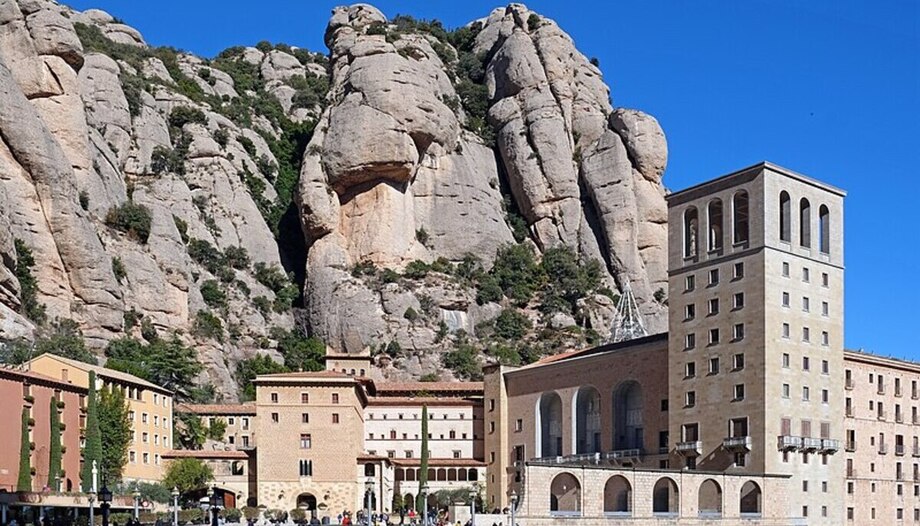
 Lourdes: Mary's visit, source of grace
Lourdes: Mary's visit, source of grace




